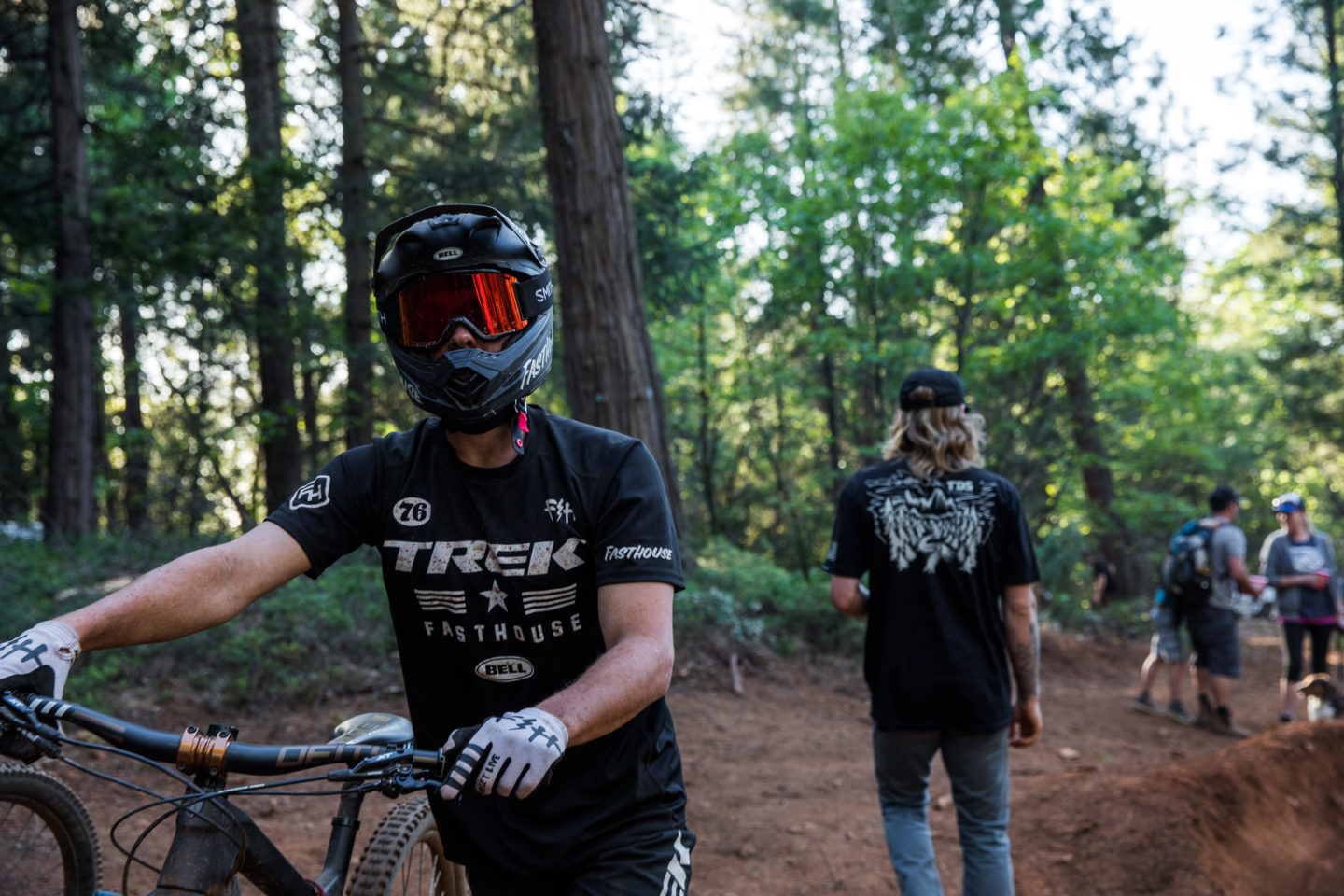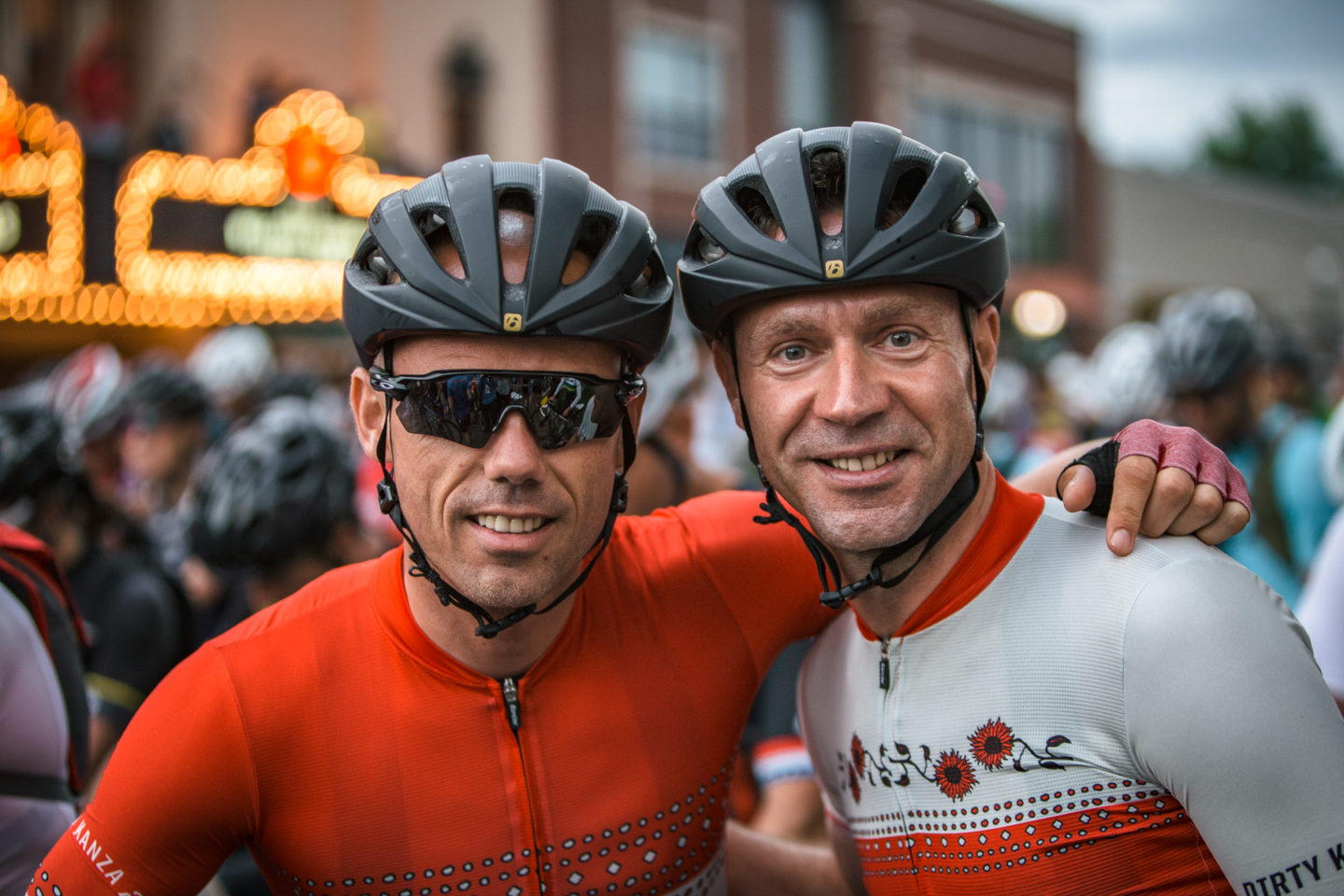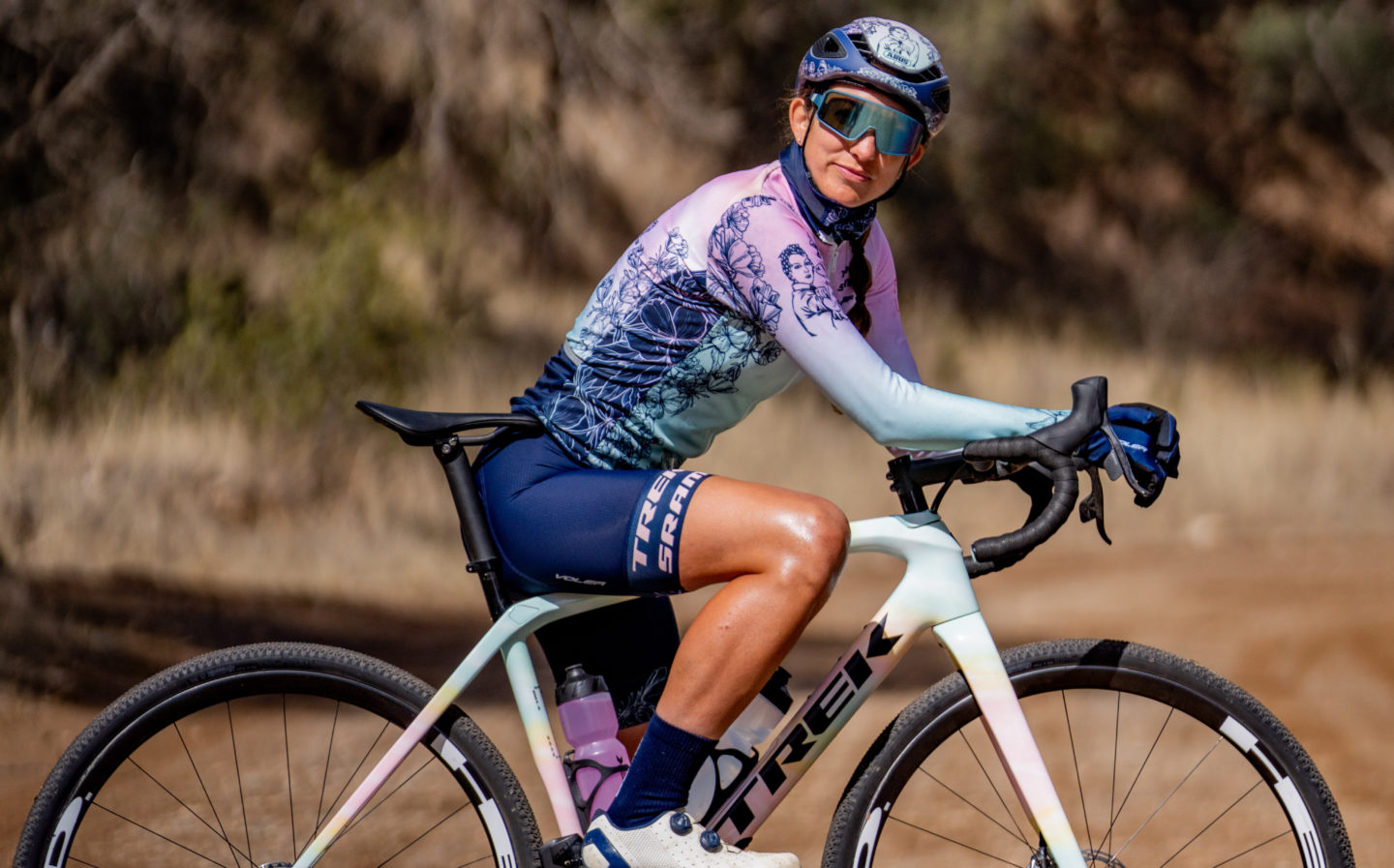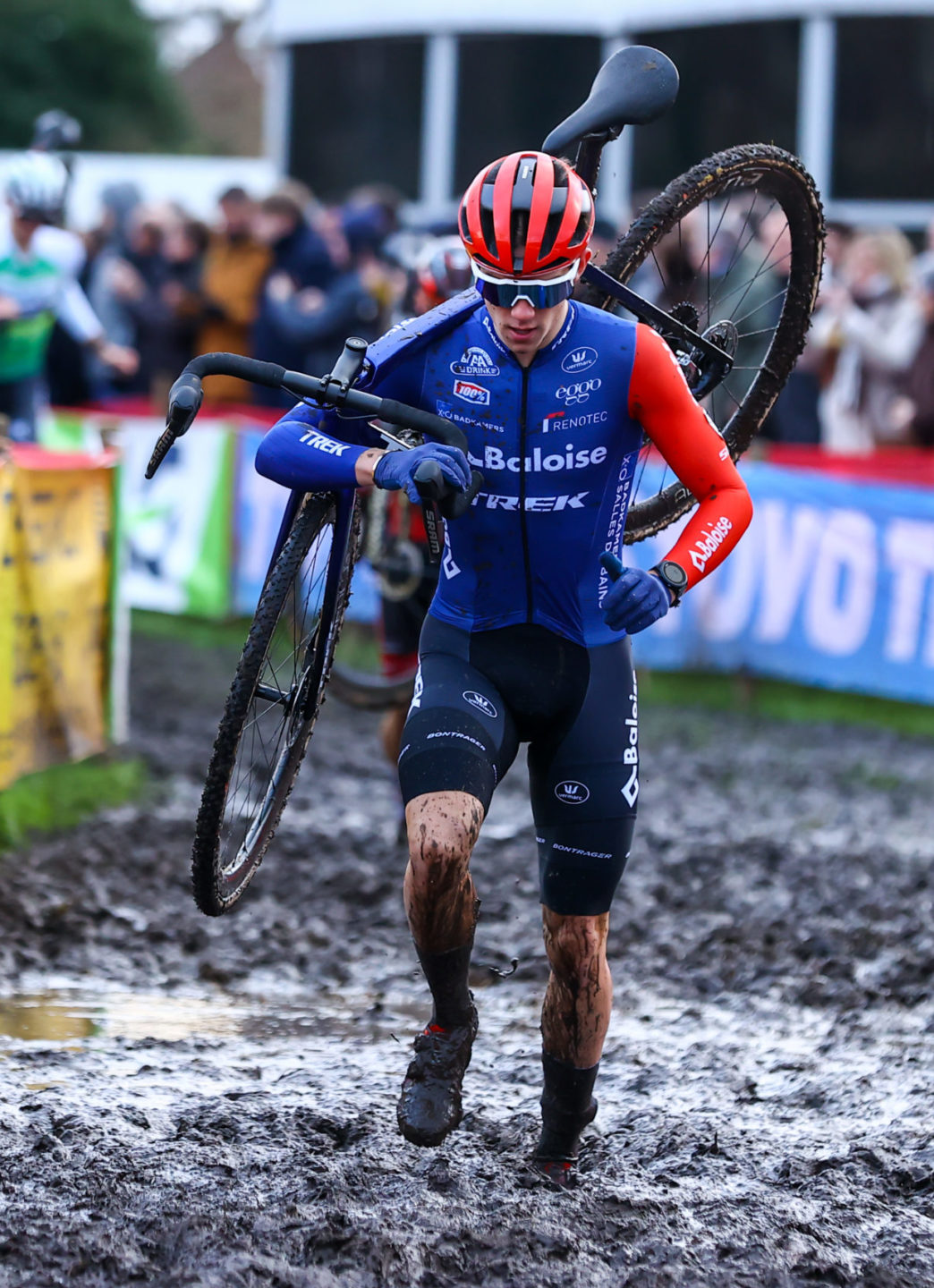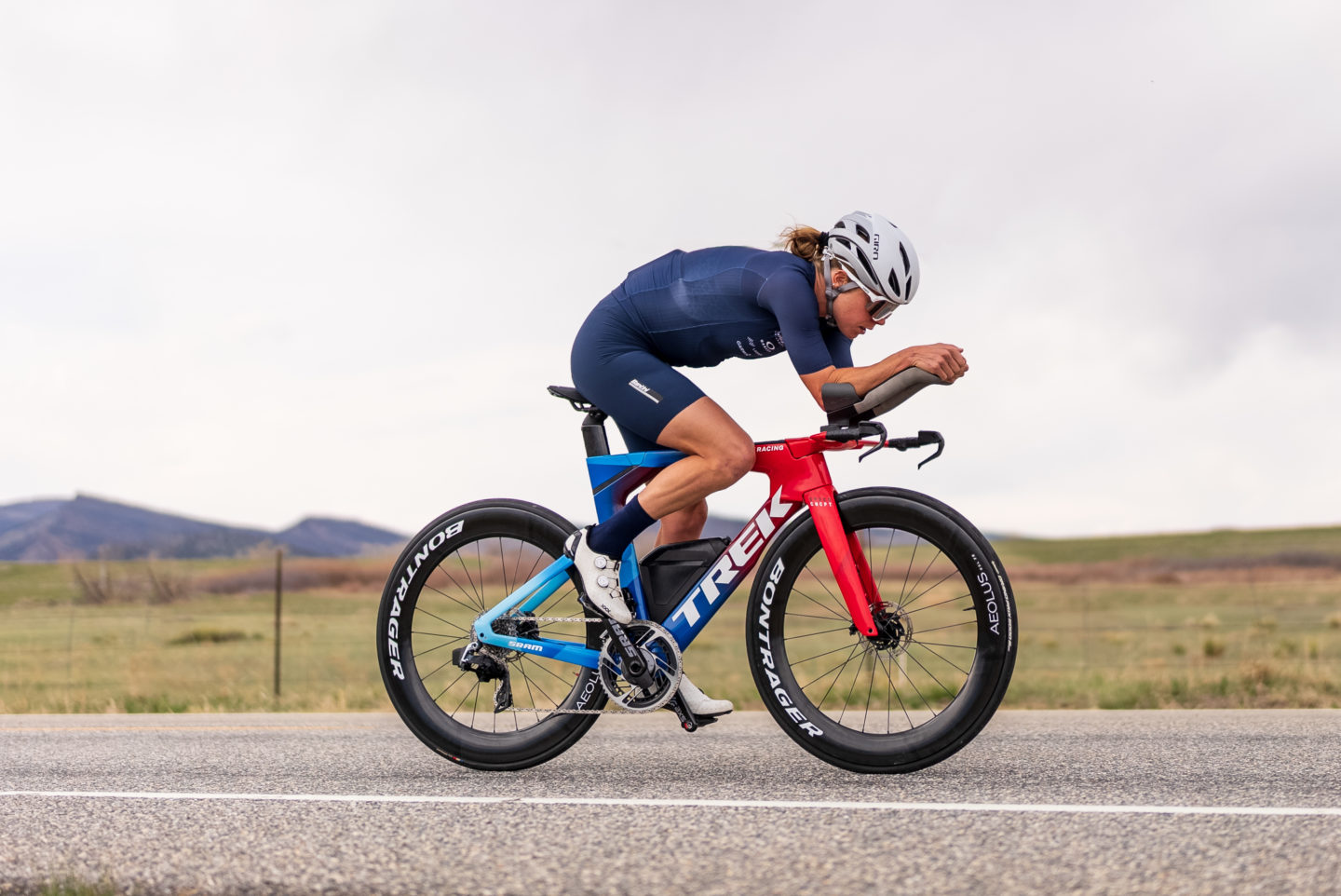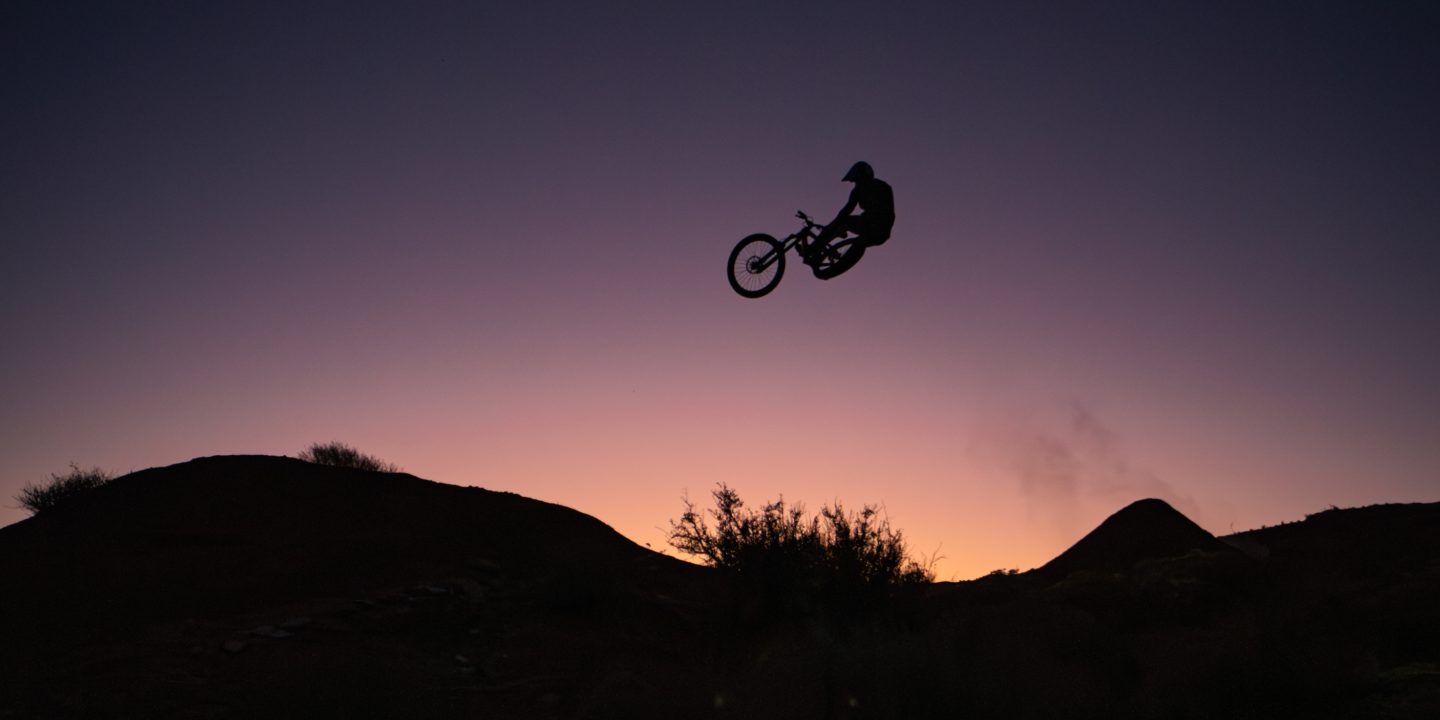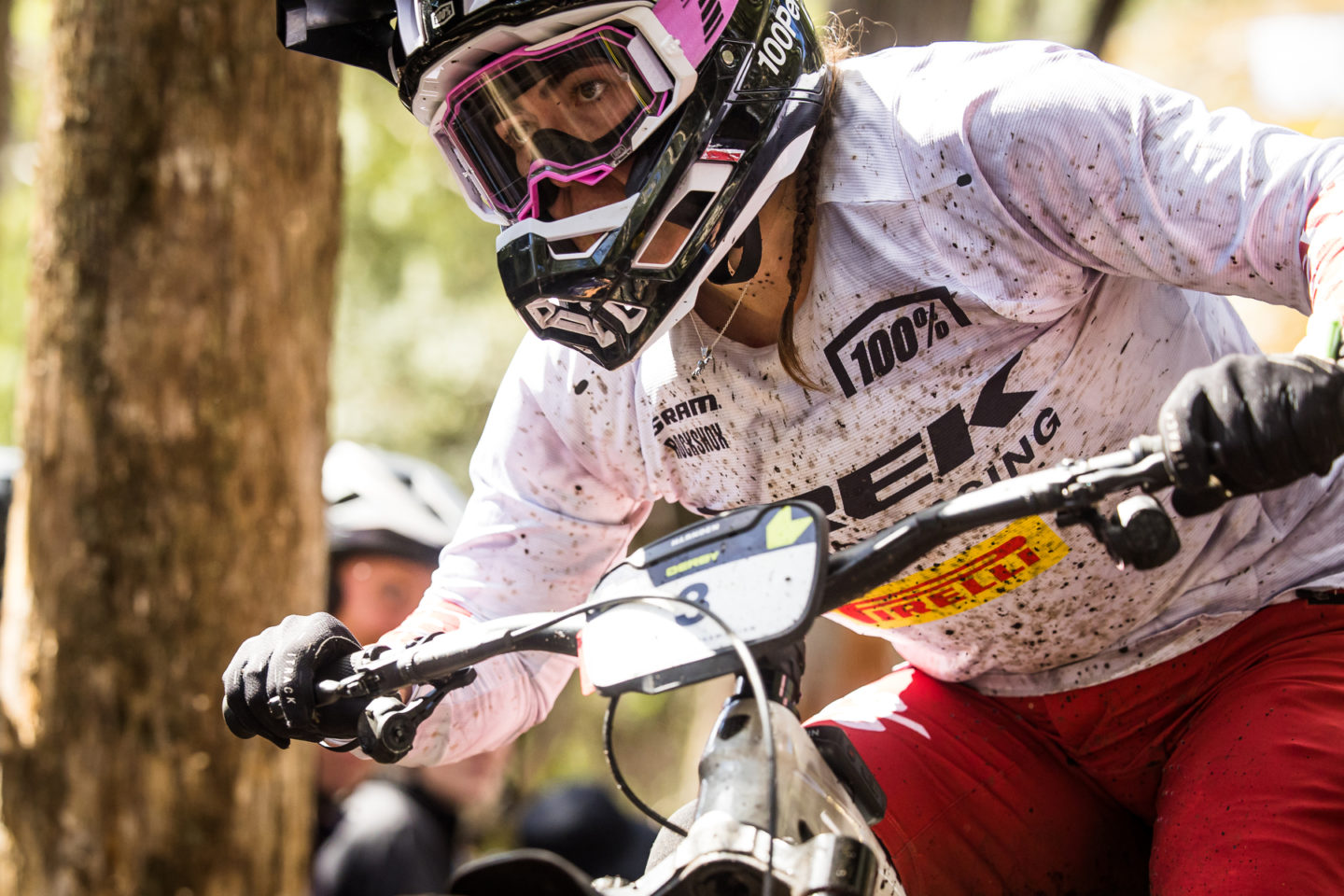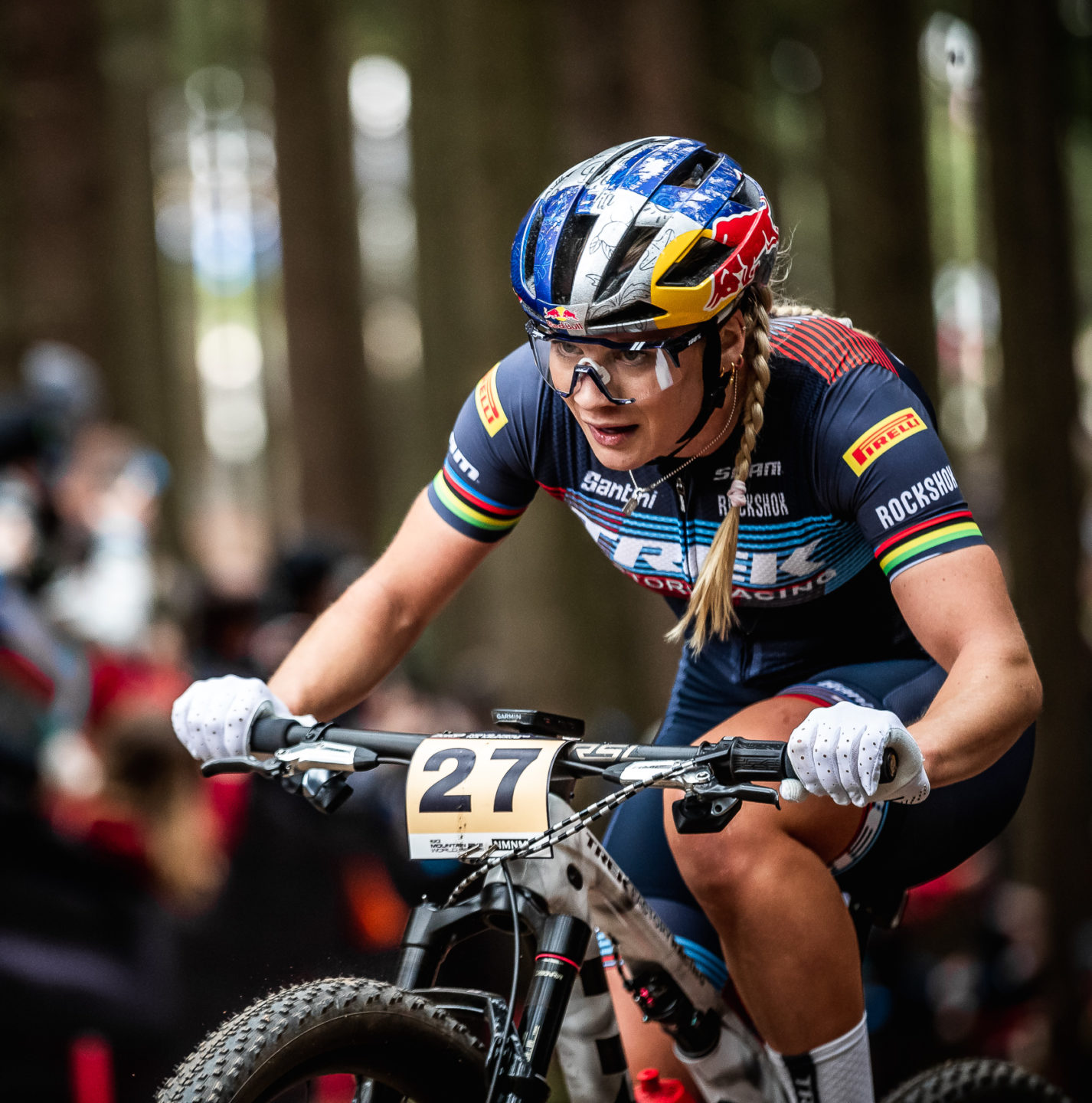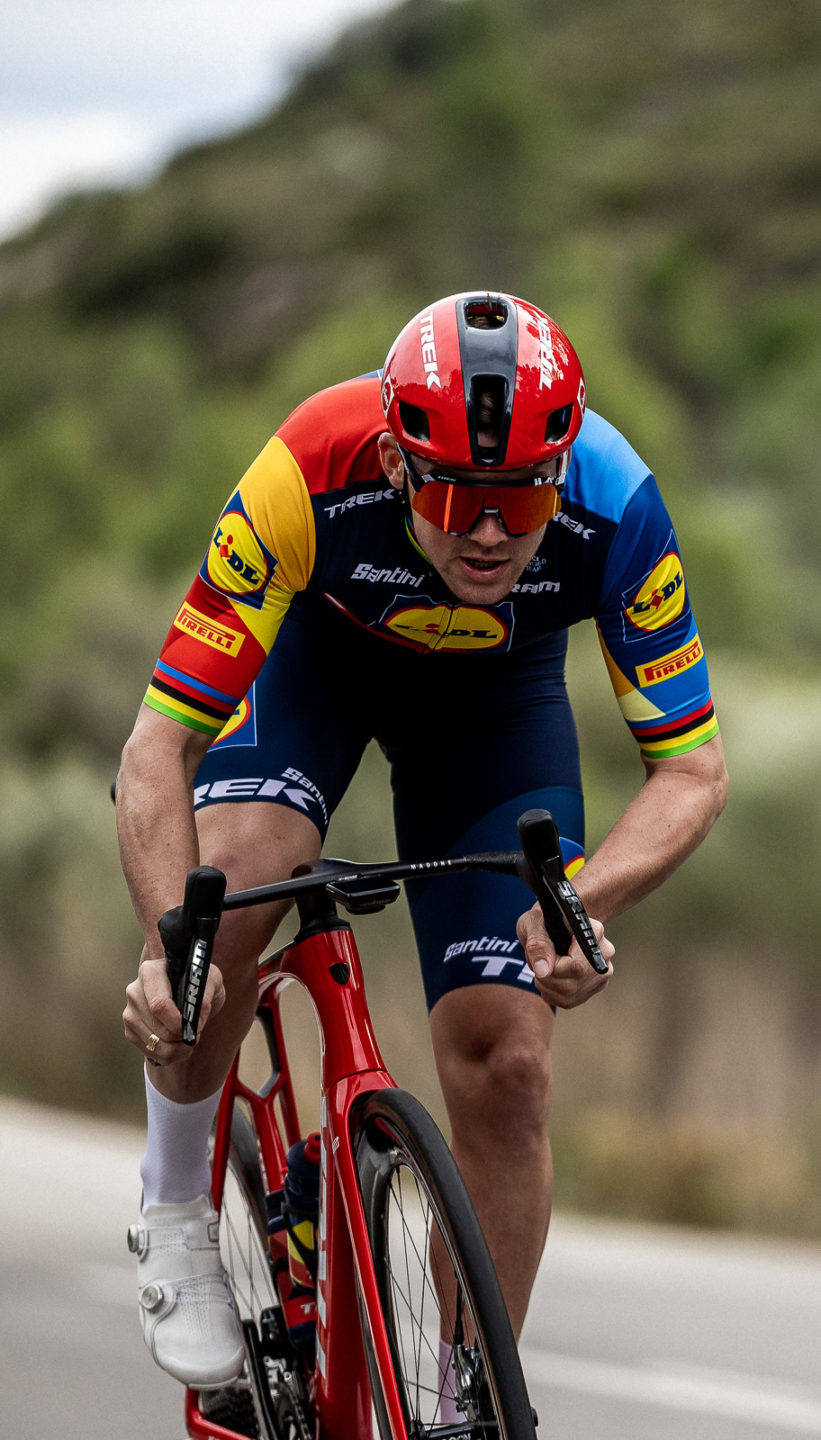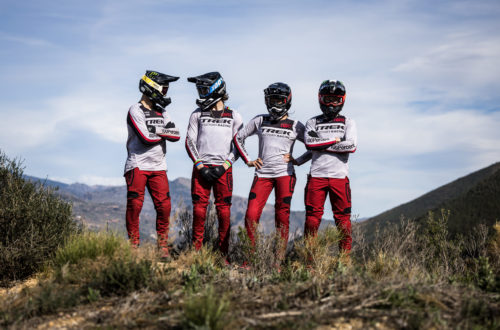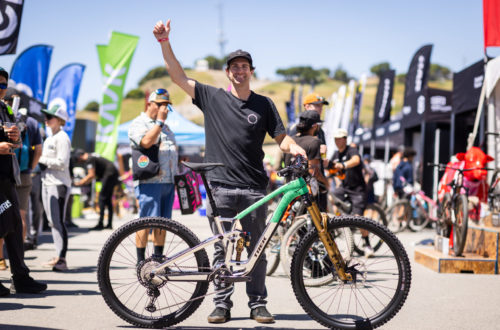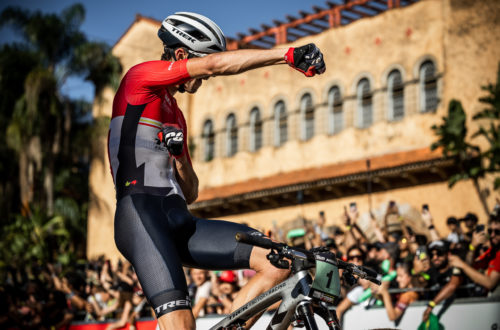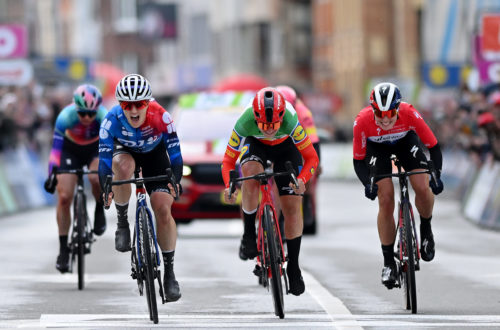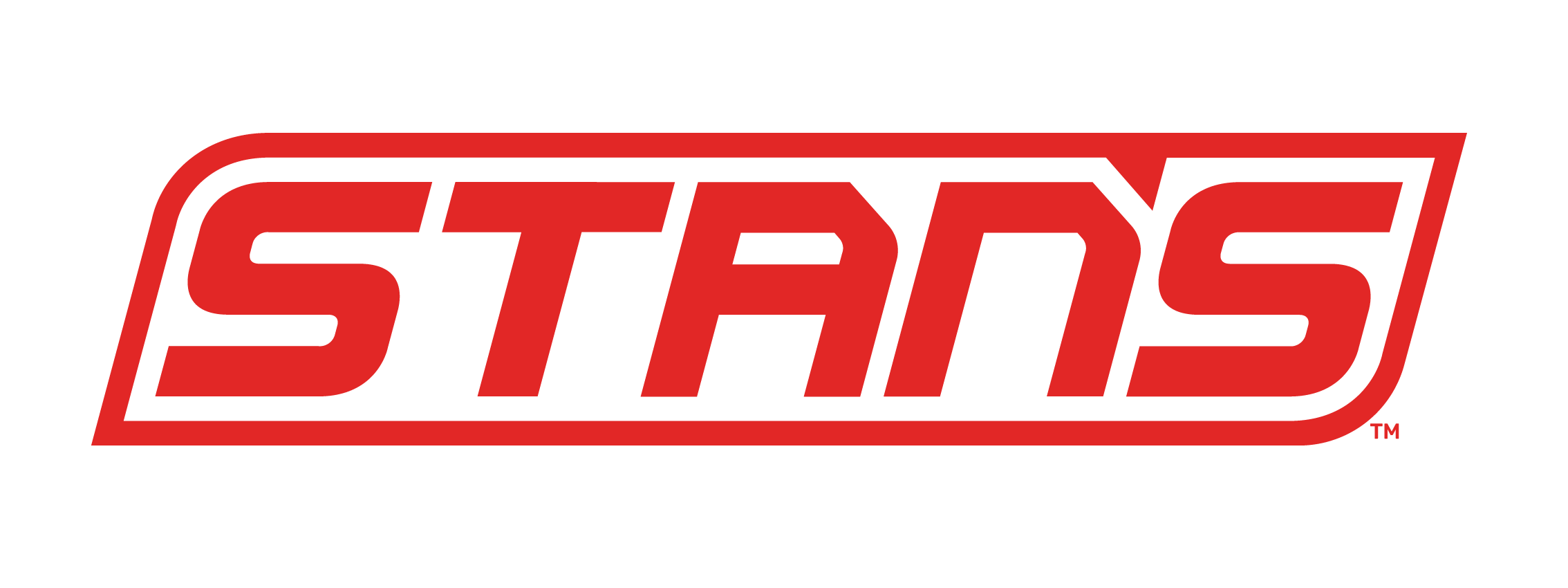Italian cycling magazine Alvento visited Trek Italy to chat with Trek-Segafredo mechanic Mauro Adobati about Vincenzo Nibali and view his Émonda
A few days after the 2020 Giro d’Italia ended, Trek Italy invited Italian cycling magazine Alvento for a behind-the-scenes viewing of Vincenzo Nibali’s Émonda SLR 9 he used during the three-week Corsa Rosa.
Trek-Segafredo mechanic Mauro Adobati – who worked on both the Nibali brothers’ bikes during the Giro – joined Alvento in Bergamo to answer questions about the bike and its legendary rider.
Alvento magazine cordially allowed us to translate some of the passages from the story.
Words: Gabriele Gargantini
Images: Paolo Penni Martelli
Translation: Paolo Barbieri

Paolo and I went to the Trek Italy headquarters in Bergamo not just to deal with those two Émondas. Although very interesting to photograph, bicycles usually don’t talk much. Fortunately, at Trek Italy, there was also Mauro Adobati, one of the mechanics of Trek-Segafredo. Mauro was there because he was not at the Vuelta and because, after the Giro, he could spend some time at home. With 44 years, a wife, two children, he says, “it is not long that I work in this world.” His not long is 17 years. A third of his life.
Mauro admitted “I was quite bad at school” and after working as a mechanic in a store he entered the cycling world. He knew about bicycles because when he was young, he raced a little and because he liked to, “take them apart, fix them, change little things.” Then, by chance, he met “some mechanics who worked for Team Polti” thus starting “as a day laborer” at a few races. When these days became more, he quit the shop and just followed races: five years with Saunier Duval, five years with Katusha, and then RadioShack-Leopard, the predecessor of Trek- Segafredo. “They needed mechanics, they asked me, and here I am,” explains Mauro, who certainly does not lack in briefness and solemnity.

At Trek Italy was only Mauro. Aside from being one of the team’s mechanics, he’s also the mechanic who more than the others during the season has put his hands (they are very big, his hands) on the Émonda SLR 9 of the most successful active Italian rider. With few words and a lot of modesty, Mauro says he was chosen for linguistic reasons: “I am the only Italian mechanic, we speak the same language, one plus one, that’s all, easy.”
Talking about him (he really says ‘he’ or ‘him’ and almost never ‘Vincenzo’ or ‘Nibali’) Mauro speaks about a good and working relationship and he wants to point out, much and often, that as one of the mechanics of the team, that after having done Nibali’s bike, he takes care of the other riders’ bikes: “I don’t take care just to his bike spending two hours with it: once the bike is ok, it is ok.”
Mauro sketches a rider endowed with “great sensitivity” who wants “a series of things in a certain way”, who “pays attention to things that 80% of riders do not”, and who, for example, notices – between Mauro or someone else – who put the tape on his handlebar.
“If he gets on a bike with a saddle one millimeter lower than usual, he feels it. I found only a few riders with a similar passion. When he is at home, he disassembles and reassembles the bike, he changes brake pads himself, he likes to do it,” explains Mauro.

Meticulous but not punctilious. Because one thing is noticing a little noise that others don’t hear, but another is complaining about it. In short, “he’s a really quiet guy, who in case of problems speaks with you after the race”; a rider who came from a team with a bike with traditional brakes and mechanical shifting and switched to a new one with electronic shifting and disc brakes, and simply, “got on it and started using it; and now he probably wouldn’t go back.”
Talking about the relationship with Nibali (and other riders), Mauro explains that “mechanics are not like masseurs.” He adds that at the races, mechanics and riders almost don’t even come across each other: “In the morning we prepare everything for the start, they leave the hotel and jump on the bus. We see them when they get off the bus and take the bike – just for a few seconds. On arrival, sometimes we don’t even meet them. We have really different timing.”

At the training camps, there is more time to talk. And when Nibali and Mauro chat, discussions are always bike-related: “It’s nice to talk about it because he knows what he’s talking about; indeed, sometimes he knows more than you do.” However, Nibali and Mauro don’t necessarily talk every time about the three Émonda SLR 9, all set to the millimeter, that follow the rider more or less at every race or camp he attends, or about the personal one he keeps at home and that he brings with him to the camps (“always perfectly clean, one of the only ones”) for some adjustments.
They often talk, says Mauro, about mountain biking. Mauro likes mountain bikes very much. When he is not at a training camp, when he is not at the Trek-Segafredo Service Course in Belgium to prepare the bikes before races, or when he is not around the world following the bikes at the races (usually about 180 days a year, if that year is not the cursed 2020), Mauro likes to stay in his garage to fix mountain bikes for friends. Or he likes to mountain bike, sometimes even with his wife and his children.
At least for now, Mauro doesn’t think about returning to work in a store: “Having every day the same working hours would weigh on me. With this job you don’t have any timetables, you live outside, you stay in the open air. It is true that sometimes it’s 40 degrees and sometimes it’s really cold, but you travel around the world.”
Now, in the meantime, he has other things to think about, like following his 10-year-old son, his oldest, who recently told him he wanted to try, “those bikes with the curved handlebars.”
